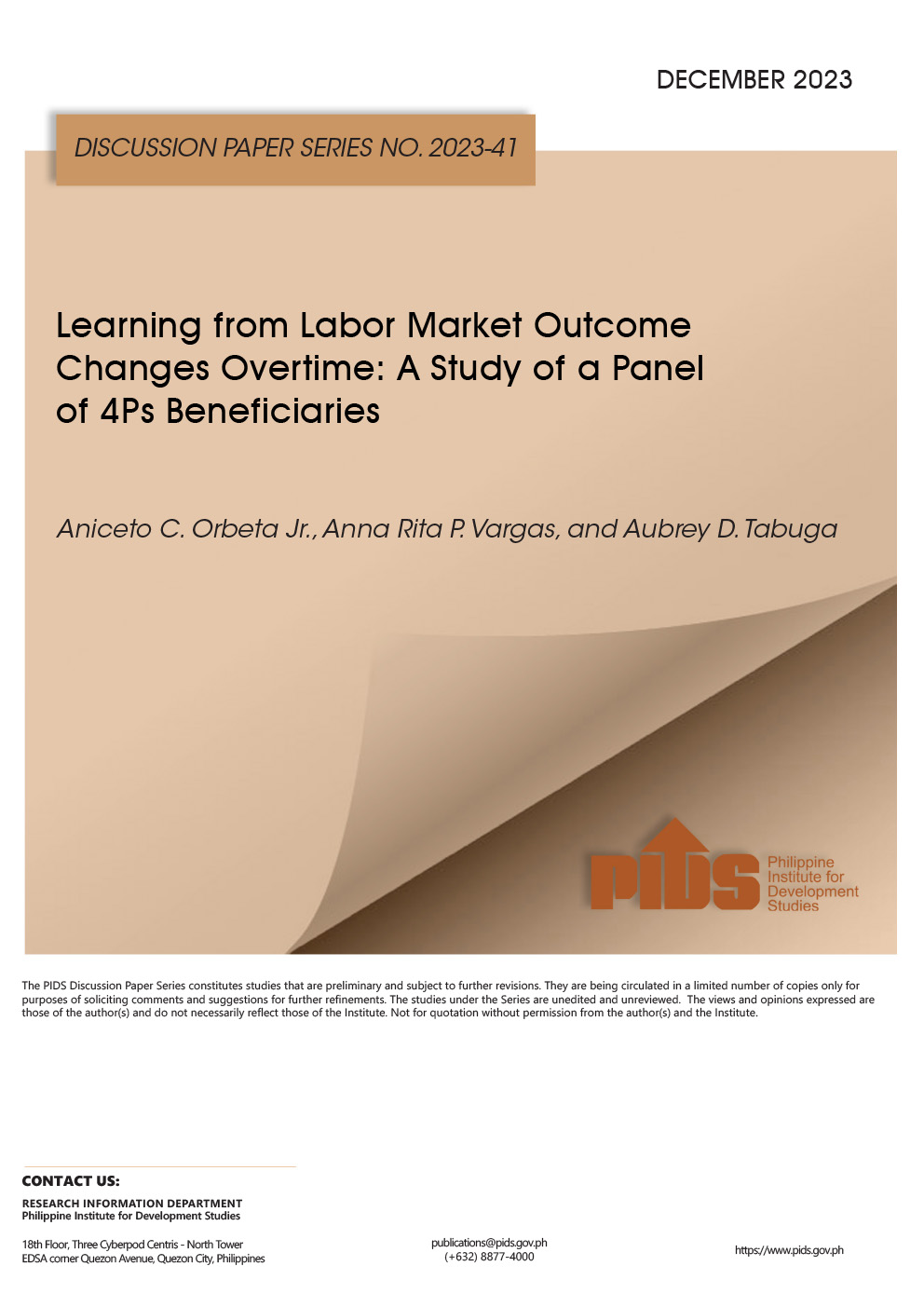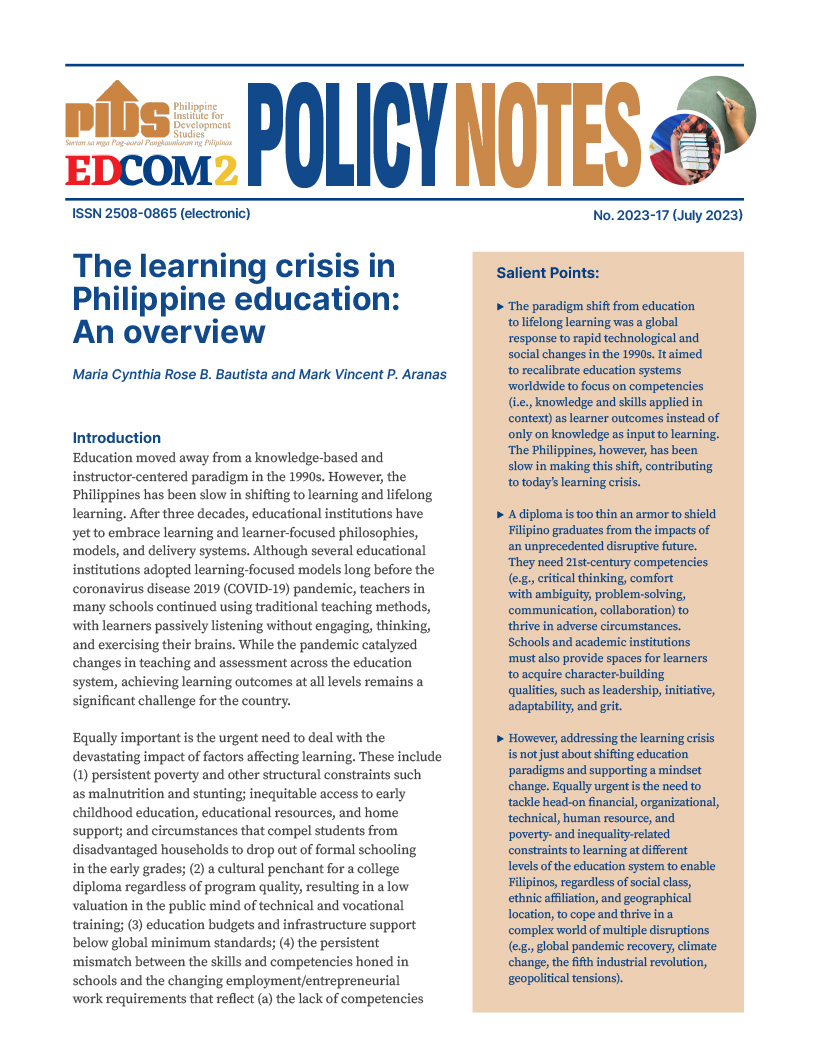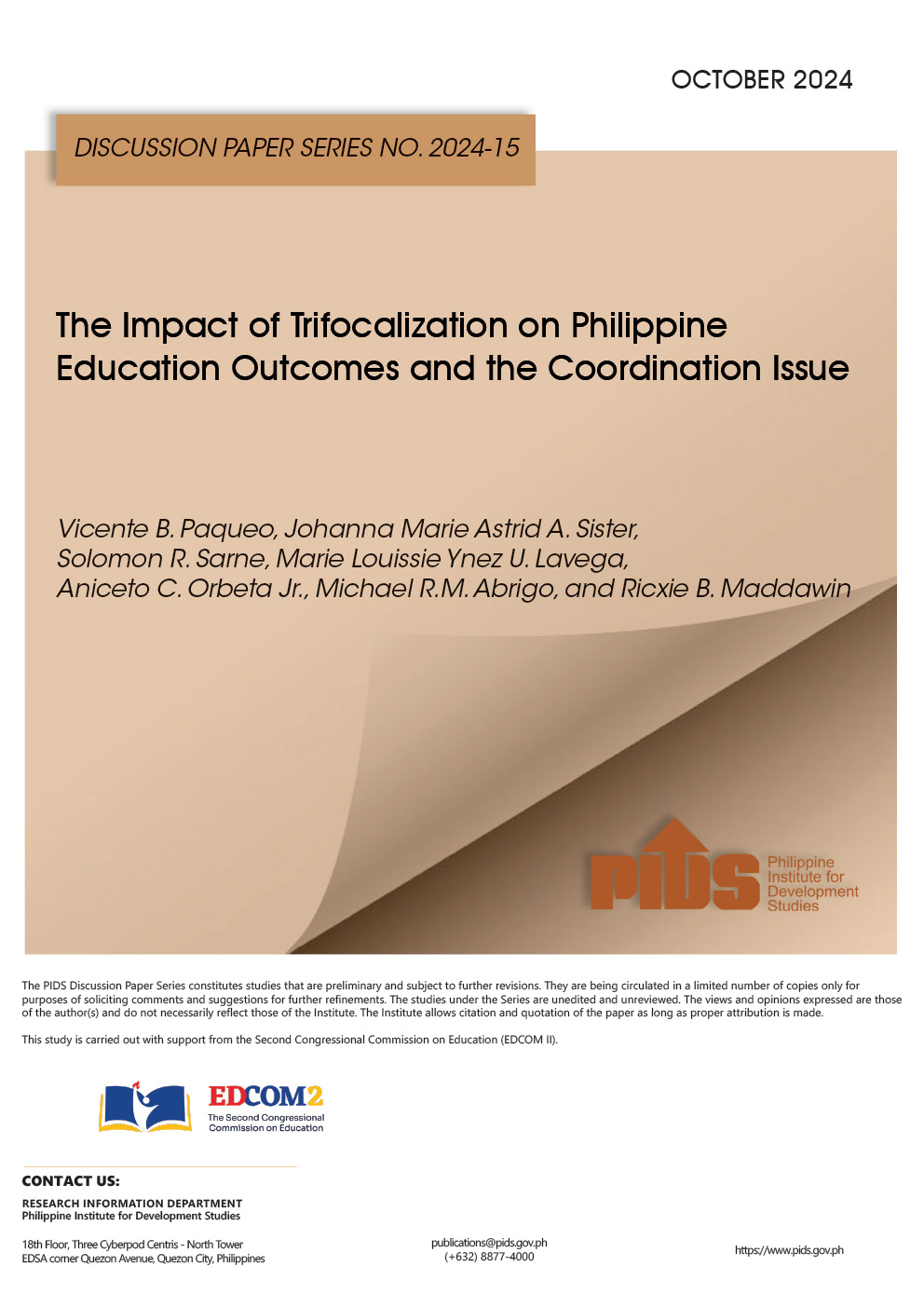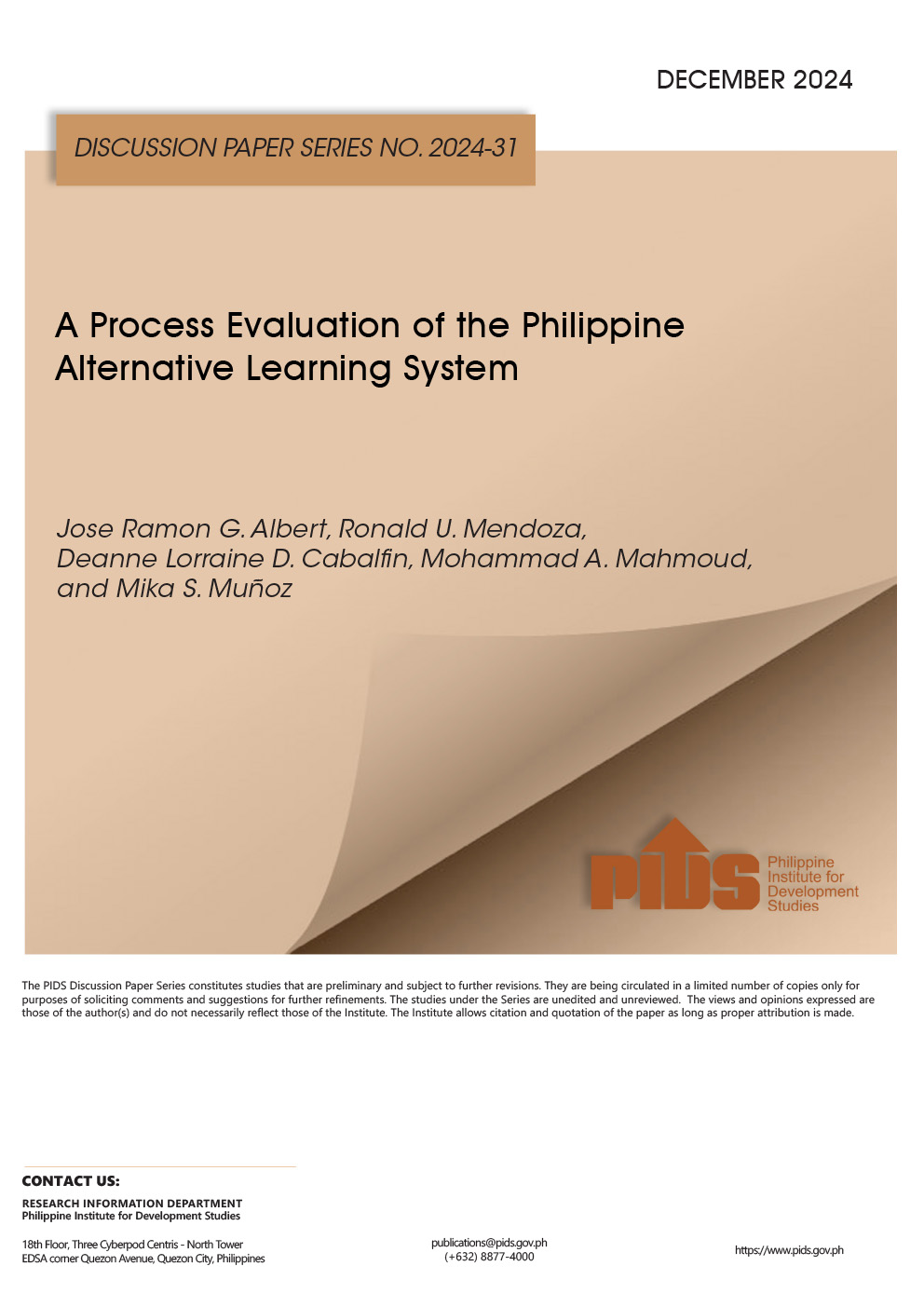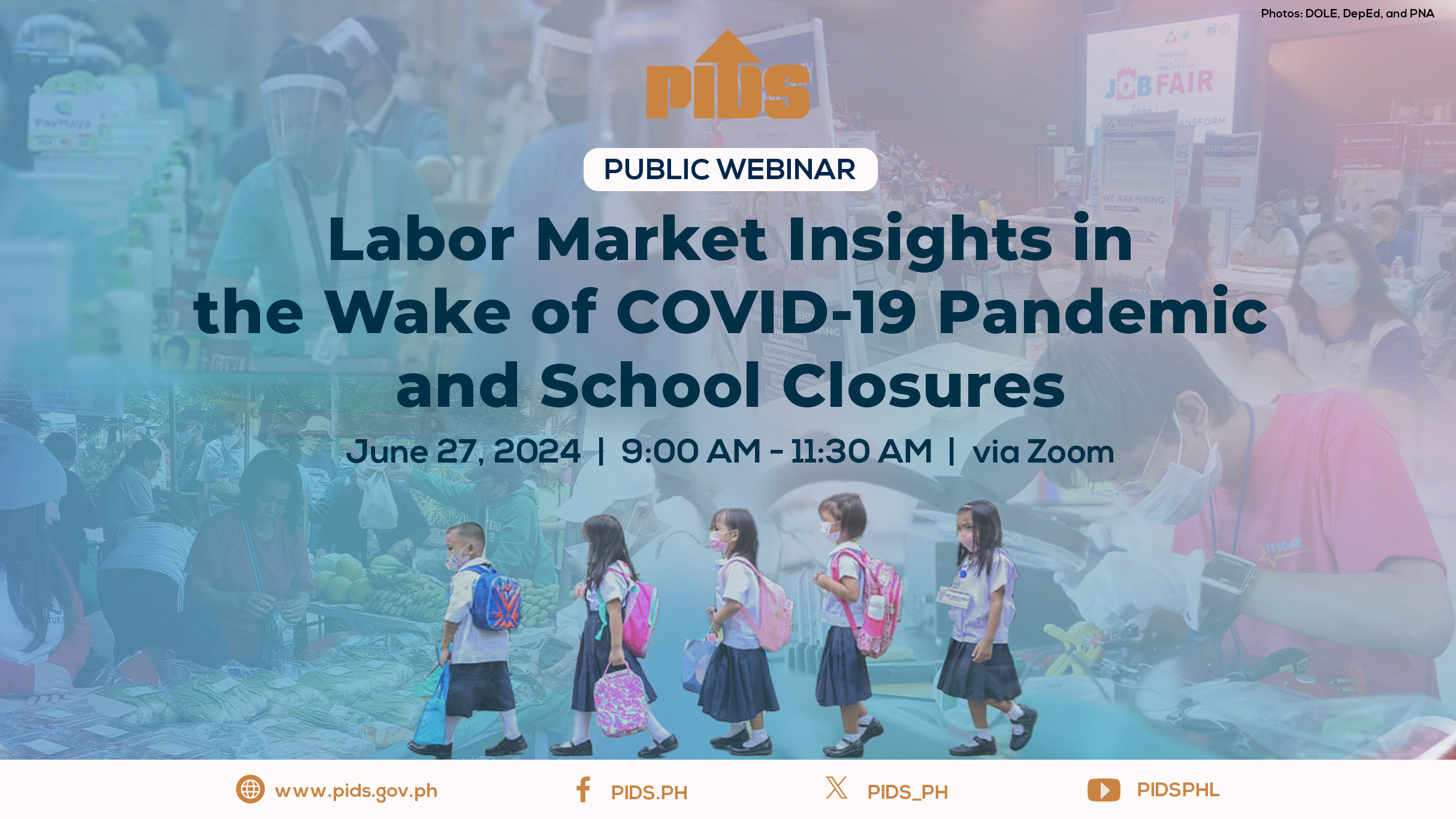This study analyzes the dynamic labor market outcomes of 4Ps beneficiaries, utilizing panel data from three waves of a Randomized Controlled Trial (RCT) cohort (2011, 2013, and 2017). Employing the categorization of Tabuga et al. (2021), labor market states were classified into stable, improving, worsening, and chronic categories. The study focused on four key labor market outcomes: work status, permanent work, full-time employment based on work hours, and full-time employment based on the desire for additional work. Ordered logistic regression was used to identify the correlates of these outcomes, considering individual, household, and community characteristics.
The study found that nearly half of the 4Ps beneficiaries consistently held jobs, but less than a third were in permanent employment. Most worked over 40 hours per week, and a significant majority were not seeking additional work. Key correlates influencing these outcomes included age, education, household head status, gender, solo parenthood, marital status, hunger experience, indigenous group membership, IRA per capita, and poverty incidence.
Based on these findings, the study recommends targeted interventions for vulnerable groups, enhanced education and skill development, broader economic and community development strategies, income improvement strategies, better public services support, addressing poverty and population density issues, and continuous monitoring and adaptation of policies. These recommendations aim to improve employment stability and overall economic well-being for 4Ps beneficiaries. Future research comparing these dynamics with the broader labor force could provide further insights.
Comments to this paper are welcome within 60 days from the date of posting. Email publications@pids.gov.ph.

